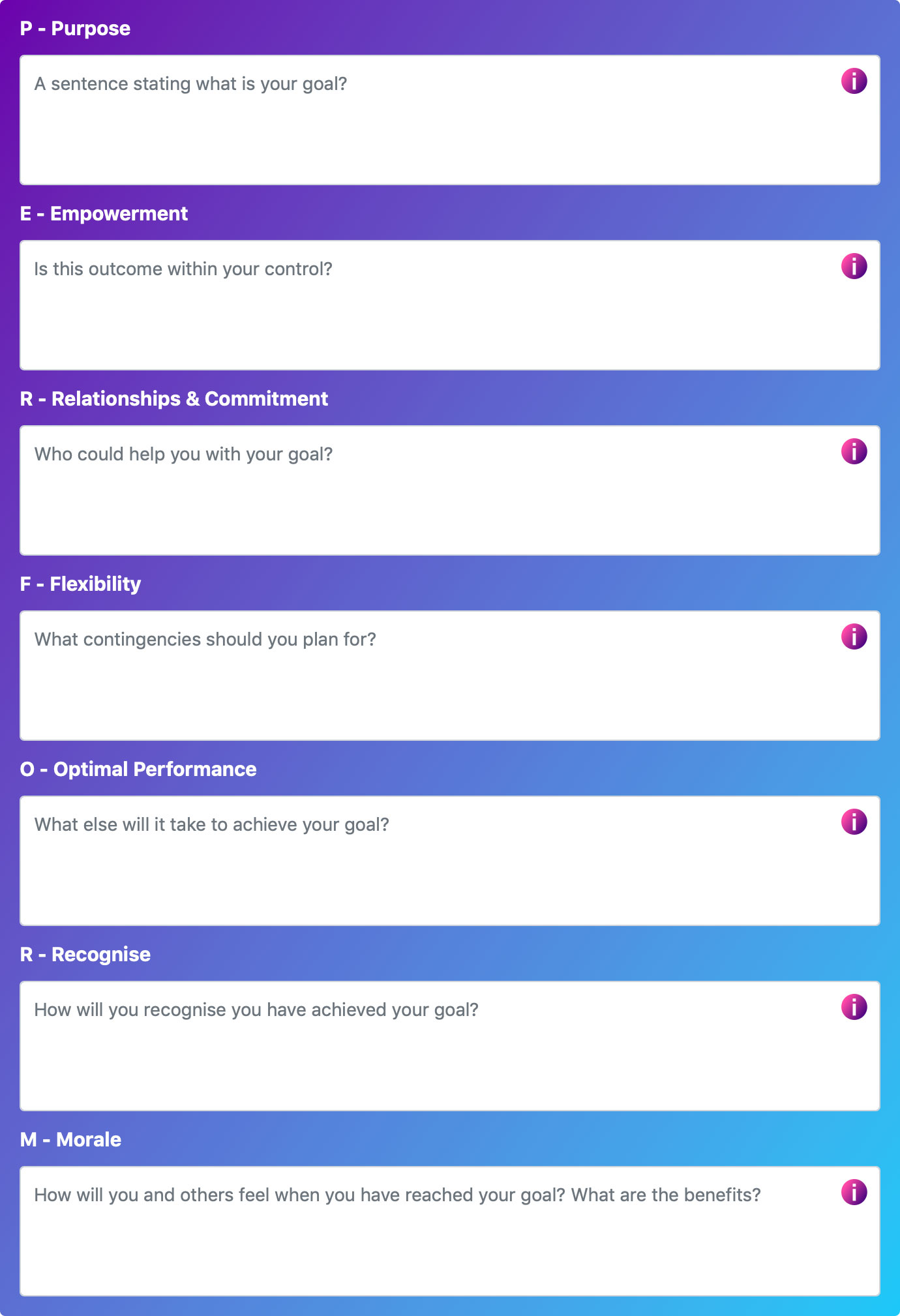Creating High Performing Teams
The term ‘high-performing teams’ can sometimes conjure up the idea of high flyers, however, what we are talking about here is your team performing to the best of their abilities and achieving the best results they possibly can.
To enable you to create or identify your team as a high performing team you must understand what current stage your team is at not only in terms of KPI performance but also behaviourally as individuals and as a team. This will enable you to understand how to enhance or create your own high performing team.
Examples of a High Performing Team:
- Focussed/Determined/Driven
- Innovative/Creative
- Dedicated
- Team Working (no egos)
- Self sacrificing
- Reinventing/adaptable
- Forward thinking/outward looking
- Skillful
- Knowledgeable
- Continuous improvement
- Visionary- clear mission/goal
Characteristics of High-Performing Teams
One of the primary goals of a Team Leader is to develop a high-performing team and then maintain the team’s performance.
The following characteristics can be seen in teams which consistently perform well. As you go down the list, think about where your team is right now in each area.
Purpose
High-performing advisors all know what they are trying to achieve. They understand how their individual roles contribute to the achievement of the team’s goals.
Empowerment
Where a team is effective, the advisors are empowered to get on with their tasks. They can make decisions and sort out their own problems.
Relationships and commitment
In an effective team all of the advisors get on with each other and communicate well. Any differences of opinion are handled in a constructive, open and honest manner.
Flexibility
Advisors of high-performing teams help one another out whenever they can. They understand the reciprocal nature of support and that the team’s objectives can only be achieved through this kind of working.
Optimal performance
High-performing teams always try to do the best they can. Sometimes they might be under a lot of pressure, or be under the weather, but they still maintain their morale and their commitment to the team and the job.
Recognition and appreciation
High-performing advisors are recognised and appreciated for their efforts. This recognition comes both from the Team Leader and from the other advisors.
Morale
High-performing advisors are all motivated. They support each other in order to maintain morale.
PERFORM Model
Having absolute clarity about what you are aiming to achieve and an awareness of the means by which to achieve it is vital to success. This includes a structured approach to goal achievement, a focused mind, a strong sense of purpose and a determination to succeed. The PERFORM model is used to enhance the manager’s abilities in all these areas.
See the below screenshot of the PERFORM tool from the Active Manger Platform.
Want to learn more about the Perform Model?
Click on the video below:
Stage One: Forming (Orientation)
When a team is very new and advisors are just finding their feet and trying to work out what is expected of them and how to do it.
Management Style Directing
A directive style works for a team or individual lacking orientation. When setting the direction, objectives and ground rules the Team Leader needs to be directive. This is one of the few times when a directive management style is the most effective. However, even while directing the team to establish objectives and ground rules you can still do this in a facilitative way; enabling the team to brainstorm objectives and ground rules, rather than you imposing them yourself.
Stage Two: Storming
This stage should be one of rapid learning and development but conflict may arise. The agreements of the forming stage are challenged and often overturned. It happens as advisors realise that the team direction and objectives do not exactly match their personal agendas; they are uncomfortable with the pace of progress (too fast, too slow) or they do not get along with certain members of the team. All of this isn’t as ugly as it appears. It is really quite healthy; a necessary step on the road to becoming a real team.
Management Style: Coaching
As the team moves into dissatisfaction retaining a directive style would not work. This is when a coaching style needs to be applied. To get through the dissatisfaction stage, issues need to be resolved, individual performance needs be improved and become aligned to the team objectives. Coaching will gradually align the team and help to develop more consistent performance.
Stage Three: Norming (Resolution)
As the team improves and begins to resolve its own issues the coaching style can be relaxed and the Team Leader becomes supportive of the team. The team are beginning to resolve issues themselves and the Team Leader can step back slightly, while remaining ready to step in when needed.
Management Style: Supporting
As the team improves and begins to resolve its own issues the coaching style can be relaxed and the Team Leader becomes supportive of the team. The team are beginning to resolve issues themselves and the Team Leader can step back slightly, while remaining ready to step in when needed.
Stage Four: Performing (Production)
This is when the team reaches high performance levels.
Management Style: Delegating
If we can guide our team or an individual successfully through the first three stages we can start to relax a little! We have a high performing team in full production. The most effective management style when a team has reached this phase is delegation. The Team Leader becomes almost another advisor. The difference is that the Team Leader retains responsibility for the team and its performance. Constant monitoring and following up on delegated tasks are required to maintain and constantly improve team performance.
Management Style
Skilled Team Leaders will understand all of these stages and styles and be able to switch between them as and when appropriate depending on the team or person and the situation.
Most teams tend to get stuck in the norming phase, which is why the ability to coach effectively is so important to Team Leaders.
We often have preferred styles of managing others which, even if we are flexible, we are tempted to fall back into during times of stress and pressure. If we are aware of this tendency we can guard against it.
Top Tips
- Recognise that all teams and individuals start the team development sequence
- Remember that while they all do this, not all of them complete this sequence
- Realise that how well your team works depends on how many stages it completes
- Go for them all – Forming, Storming, Norming and Performing.



